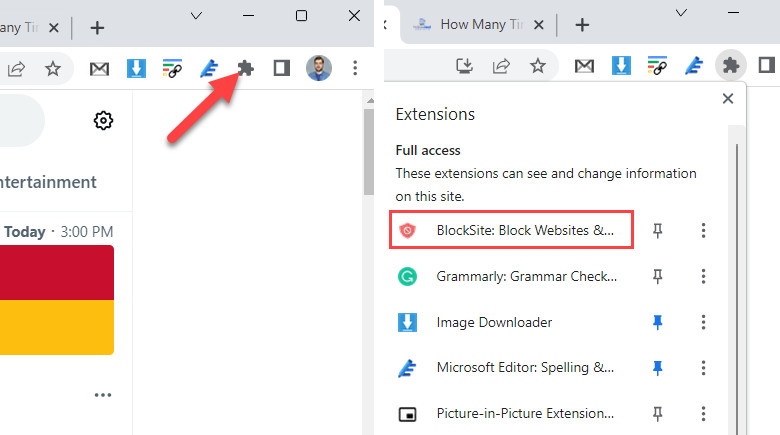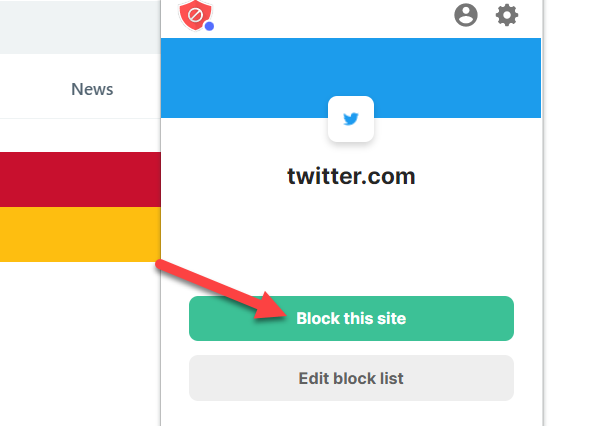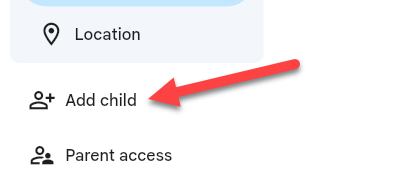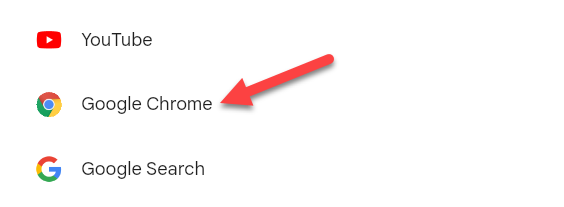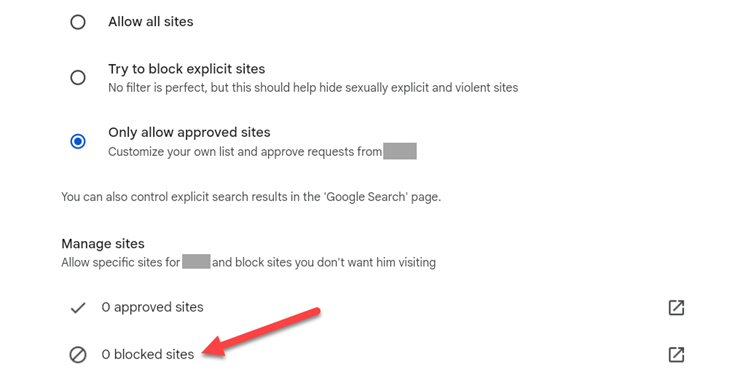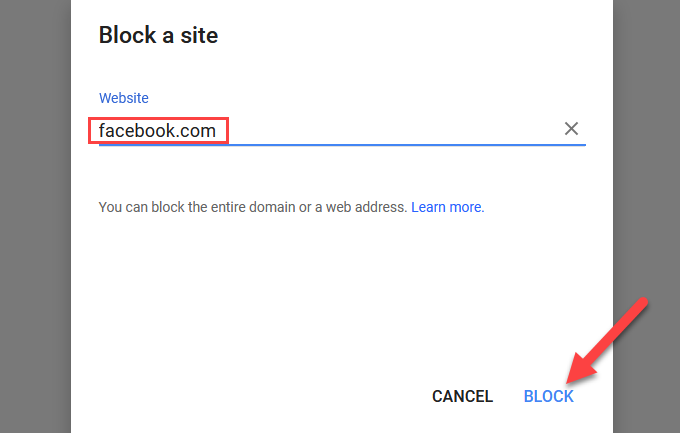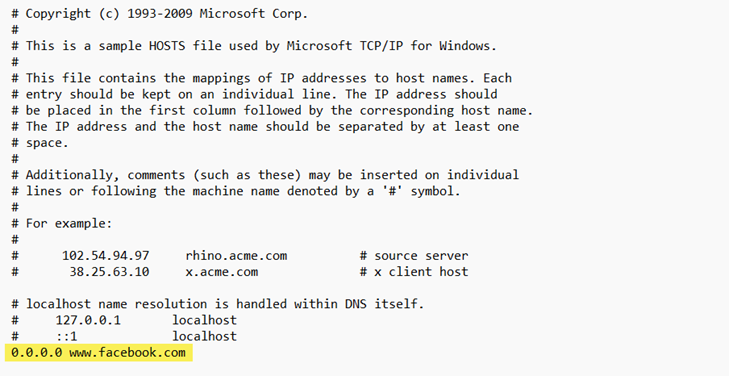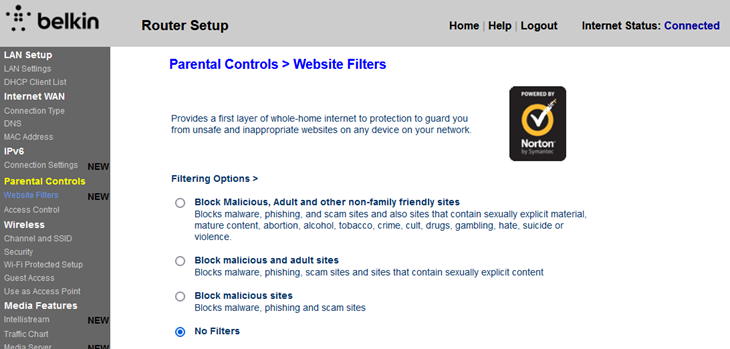Quick Links
Key Takeaways
There are several ways to block websites in Chrome. You can use an extension called "BlockSite," utilize parental controls, edit the Hosts file, and even block sites with your router.
Do you find yourself accessing Facebook, Twitter, or other distracting websites when you really should be doing something else instead? Block that website in Google Chrome. Other solutions will let you block websites for children at home or employees, too.
How to Block Websites on Chrome
The easiest way to block a website in Chrome is actually not a built-in feature, unfortunately. Instead, we recommend an extension called BlockSite. It's highly rated, consistently updated, and free.
After installing, you'll be asked to click "I Accept" to allow the extension to work, and then you can click "Skip" on the next page to use the extension for free. You are limited to blocking three websites with the free version.
Next, we can start blocking websites. Make sure you're on the "Block Sites" tab and enter a URL in the text bar. Click the "Add Item" button to block the site.
You can also block a site while browsing the site by using the extension shortcut in the Chrome toolbar. Simply click the puzzle icon and select "BlockSite" from the menu (click the pin icon to put the shortcut on the toolbar).
Click "Block This Site" to add the current page to the blocked sites list.
If you don't want an extension like BlockSite to run on every website you visit, you can use Chrome's extensions permissions to restrict its access. For example, if you just want to block Facebook, you could restrict BlockSite to only run on facebook.com.
To block websites for other users on your computer, you may also want to hop into the "Password Protection" tab to prevent people from easily unblocking websites.
How to Block a Website on Chrome with Parental Controls
The BlockSite extension works fine, but---as an extension---it has some shortcomings. If you're trying to block extensions for a child or someone else on your PC, an extension is easy to remove. For a more surefire method, you can take advantage of Parental Controls.
Windows 10's Family features allow you to add websites to "Allows Allow" and "Always Block." Windows 11's Family features can do the same thing, but Windows 11 requires all users in the family have Microsoft accounts---it works through the "Family Safety" app.
For Apple users, the Screen Time feature on Mac, iPhone, and iPad can be used to block websites. Screen Time lets you block websites in the "App Limits" section, and it applies to all browsers on the system, including Chrome. On a Chromebook and Android, you can use Family Link to control which websites a child's account can visit (more on that in the section below).
How to Block a Website in Chrome with Google Family Link
Google's Parental Control software is called "Family Link." Among the many features is the ability to block websites on Chrome. This includes any instance of the Chrome browser where your child's Google account is signed in. Windows, Android, iPhone, anywhere.
To get started, head over to families.google/familylink and sign in with your Google account. If you don't have a child added already, click the "Add Child" option in the sidebar.
Next, select "Controls" for the child and go to "Content Restrictions."
Select "Google Chrome" from the list of services.
Here's where you'll see all the options for blocking and approving websites. Click "Blocked Sites" to add a blocked website.
Enter the URL for the website and click "Block."
You can also choose to only allow websites you've added to the "Approved Sites" list if you'd prefer a more aggressive blocking approach. There are a lot of controls with Google Family Link, so make sure to explore a bit.
How to Block Websites on Chrome With the Hosts File
One of the most effective ways to block websites in Google Chrome is with the Hosts file. This is a plain-text file that translates domain names into IP addresses. We can edit the Hosts file to block websites, and it's pretty easy to do.
We have a full guide for editing the Hosts file on Windows, Mac, and Linux. For blocking a website, you'll need to simply add a line of text to the bottom of the file. For example, to block Facebook, add the following line to the bottom of the Hosts file:
0.0.0.0 www.facebook.com
It should look like this in the text file:
Save the document and you will no longer be able to access Facebook in any browser, including Chrome. If you still can, try clearing your DNS cache (Windows, Mac, Linux) or restarting your computer.
Why does this work? We're telling the computer to route all requests for "www.facebook.com" to the IP address "0.0.0.0." Since that is not a routable address, the site can't load.
How to Block Sites on Chrome Through Your Router
Perhaps the most "nuclear" option for blocking websites in Chrome is doing it at the router level. Not only will this block websites in Chrome, but also any browser on any device on your Wi-Fi network.
If your router has a companion app, it most likely has a feature to block websites for everyone and specific people. You can create a profile for someone in your home, assign devices to that profile, and limit what they can access. Google Wi-Fi and Eero are two popular examples.
For more old-school routers, you'll likely need to access the settings through a browser. The router control panel can typically be accessed through an IP address such as
http://192.168.1.1
. This is often labeled on the router itself.
Once in the router control panel, look for some sort of parental control section. Some routers only have blanket settings, while others will let you block specific websites of your choosing. You may also be able to install custom firmware with additional features.
How to Block Sites as a Chrome Enterprise Admin
If you are a Chrome Enterprise admin, you can block (or allow) certain websites for the users in your organization. You can set it up to block certain URLs, only allow certain URLs, and define exceptions to a blocklist. Check out the Chrome Enterprise support page for more information about setting this up for your organization.
Blocking websites is sometimes a necessary thing to do for a variety of reasons. Thankfully, there are also a variety of ways to do it. Privacy and security are important parts of the Chrome browsing experience, but there's a lot more to think about. Make sure Chrome is running at peak performance and not being too annoying.





